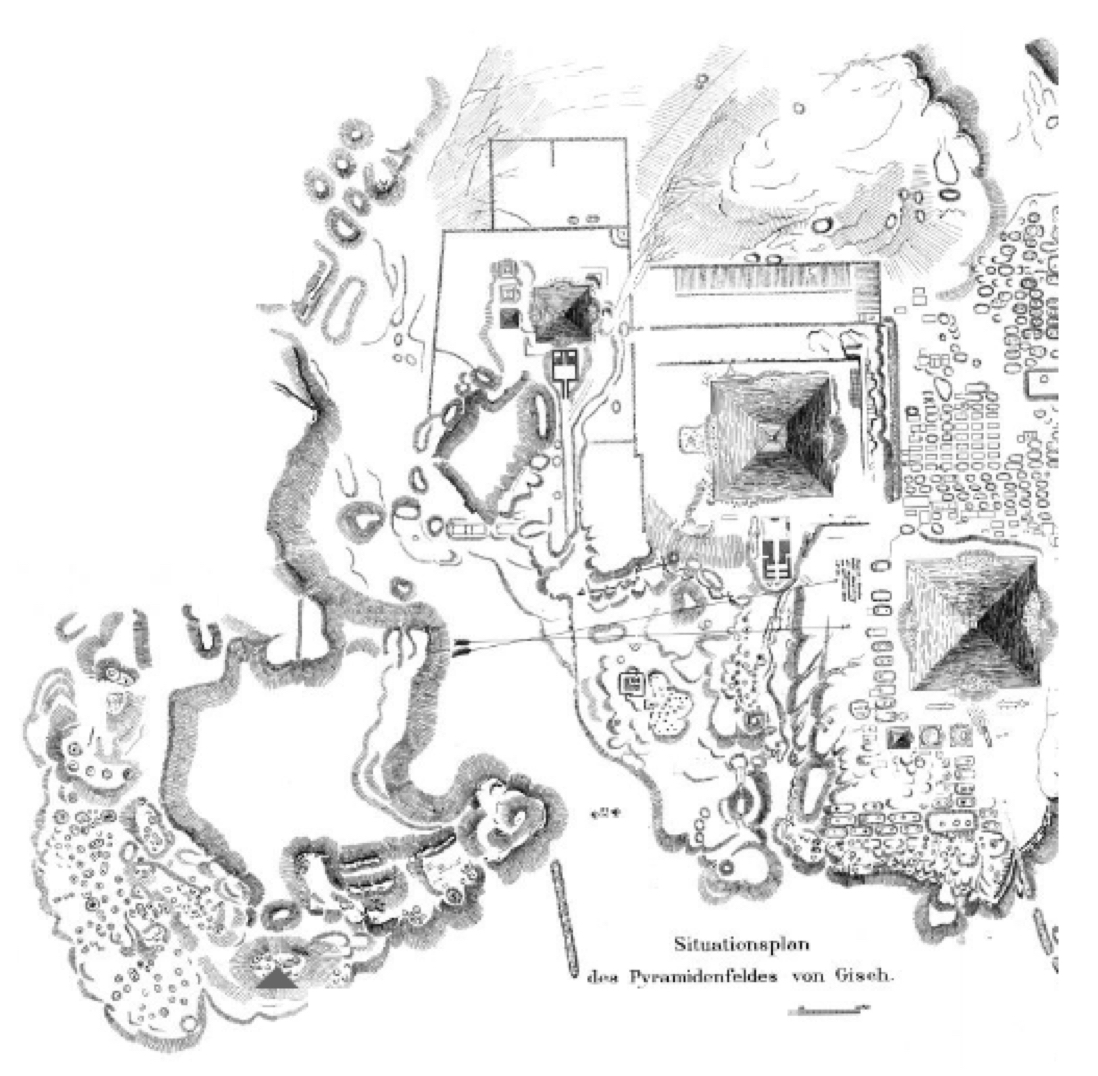Early Mummification
[NOTE: THIS LESSON TOPIC INCLUDES IMAGES OF HUMAN REMAINS.] Although mummies and mummification are among the most popular topics about ancient Egypt, the practice of “making mummies” was not always a major part of ancient Egyptian religious practices. During much of the Old Kingdom – the first period of major activity at the site of Giza – artificial mummification was in its relatively early, experimental phase. Even in these times most individuals were still laid to rest in burials without extensive preparations of the body. Preservation of the physical body was the main purpose of mummification. In earlier times, before building tombs became common, Egyptians were buried below ground in pits dug into the dry desert landscape. This practice allowed their bodies to dry out quickly and naturally, rather than breaking down completely. Burial in built tombs and chambers separated bodies from these quick-drying conditions, and artificial mummification developed to make up for the difference. At Old Kingdom Giza, mostly just the highest elite members of society were mummified, especially members of the royal family. Already these early attempts show steps that would become standard for mummification in later centuries: drying the body out with natural salts, removing several organs to be preserved separately (in canopic jars) near the mummy in the tomb, and wrapping the body in linen bandages in the attempt to keep it as human-like as possible after death. Further protection for the mummies could be added by laying them to rest within coffins and sarcophagi. Some innovative approaches, such as plaster body casings and plaster and linen masks, were short-lived. During later eras of activity at Giza – the New Kingdom and the Late Period – mummification was more common and available to more people, though even then much of the Egyptian population was buried without artificial mummification. For much of ancient Egyptian history, it was believed that one element of a person’s spirit (known as the “Ba”) needed to return to the tomb – specifically, to the mummy – during the nighttime.


